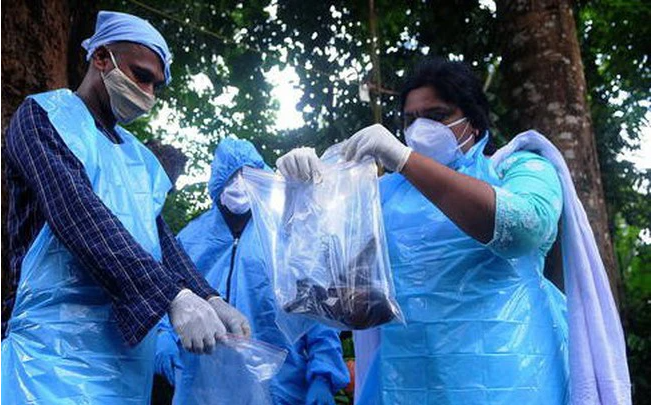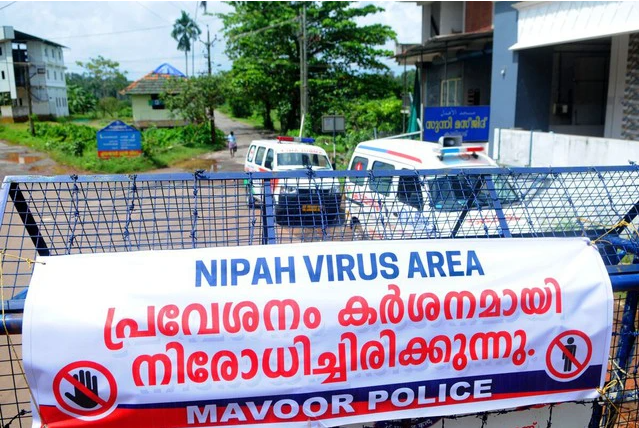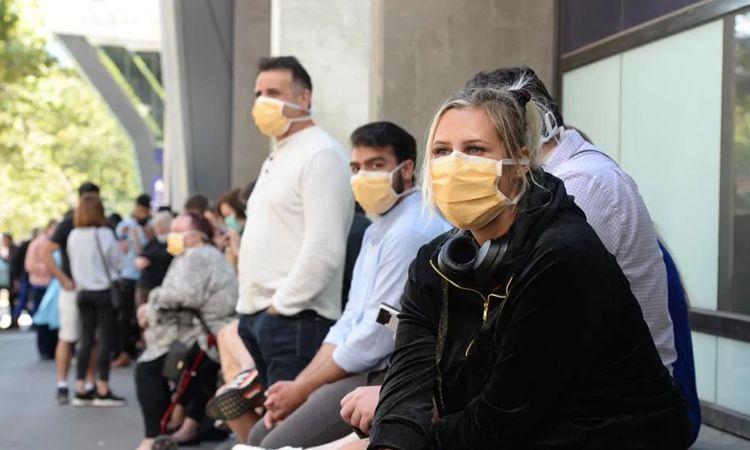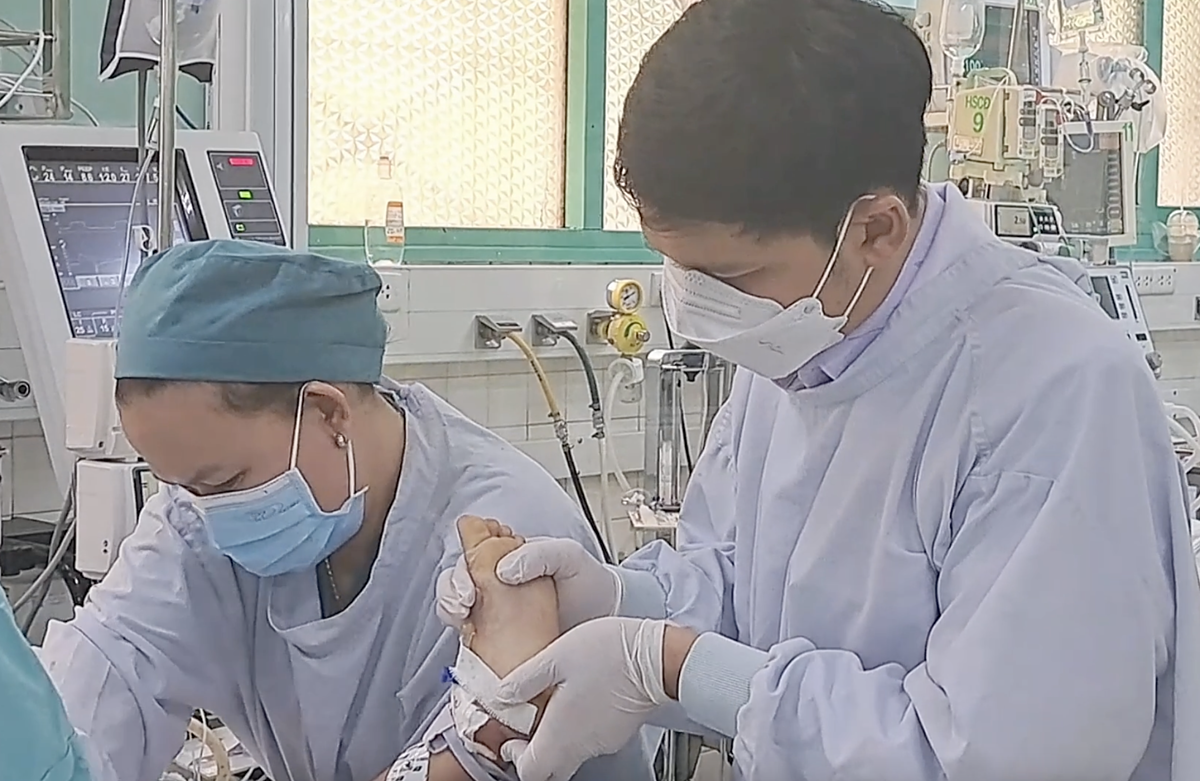India is in the race to prevent the Nipah virus epidemic that causes brain damage
Authorities in the southern Indian state of Kerala have imposed restrictions to prevent the spread of the deadly bat-borne Nipah virus.

India is facing a deadly Nipah virus outbreak after six people were infected with the brain-damaging disease in Kerala state, two of whom died.
Schools, colleges and tutoring centers will have to temporarily close until September 24 as a preventive measure against the Nipah virus. Meanwhile, neighboring states Tamil Nadu and Karnataka have beefed up security in border districts in a bid to contain the spread of the virus.
Kerala State Health Minister Veena George said that 1,080 people were identified to have come into contact with people infected with Nipah virus in the past few days. A total of 327 of these people are medical staff. Kerala state health officials are monitoring the health situation of these people.

Specifically, all 6 enterovirus positive samples tested as Coxsackievirus A24; Among the 05 samples positive for adenovirus, 4 samples were detected as human Adenovirus 54 (hAdV-54) and 01 sample was human Adenovirus 37 (hAdV-37).
Thus, the main cause of conjunctivitis in the current pink eye outbreak in Ho Chi Minh City is mainly caused by Coxsackievirus A24, in addition to human Adenovirus 54 and 37.
According to data from previous studies, adenoviruses (including hAdV-1, hAdV-2, hAdV-3, hAdV-4, hAdV-7, hAdV-8, hAdV- hAdV-19, hAdV-22, hAdV -37 and hAdV-54) as well as Coxsackie A24 and Entero 70 (belonging to the enterovirus group) are variants detected in cases causing outbreaks of pink eye around the world. In 2020 alone, the Central Eye Hospital in collaboration with Hanoi National University reported that the pathogen causing pink eye in Hanoi in the period 2017-2019 belongs to the adenovirus group (hAdV-3, hAdV-4, hAdV- 8 and hAdV-37) (J Med Virol, 2020).
Hemorrhagic conjunctivitis (acute haemorrhagic conjunctivitis - AHC), is the main manifestation in the current pink eye outbreak in Ho Chi Minh City, according to scientific reports around the world, the main agent is the enterovirus group, in that includes the Coxsackie A24 and EV70 variants.
It is known that in the past, Coxsackie A24 and EV70 have caused epidemics of hemorrhagic conjunctivitis in many parts of the world. The first outbreak was reported in 1969 in Ghana. Since then, epidemics of hemorrhagic conjunctivitis have occurred in many parts of the world. In Asia, Coxsackie A24 was first recorded in Singapore in 1970, then appeared in epidemics in other countries. In the hemorrhagic conjunctivitis epidemic in Okinawa, Japan in 2011, the Coxsackievirus A24 variant was the main agent, of which 25.4% of cases had subconjunctival hemorrhage, 10.3% had superficial punctate keratitis and 7.8% had subconjunctival hemorrhage. % have lymph nodes behind the ear (Clinical Ophthalmology, 9:, 1085-1092).
Thus, the cause of the current outbreak of conjunctivitis in Ho Chi Minh City is clear. Eye experts once again recommend that people absolutely not arbitrarily use eye drops containing corticosteroids.









 Facebook
Facebook
 Tweet
Tweet
 Zalo
Zalo







 News
News

















 Sign in with Facebook
Sign in with Facebook
 Sign in with Google
Sign in with Google